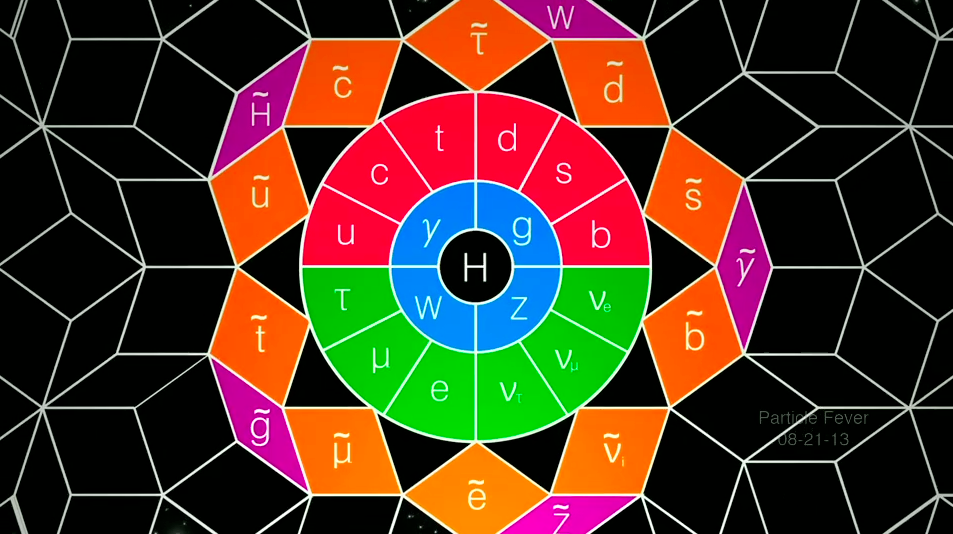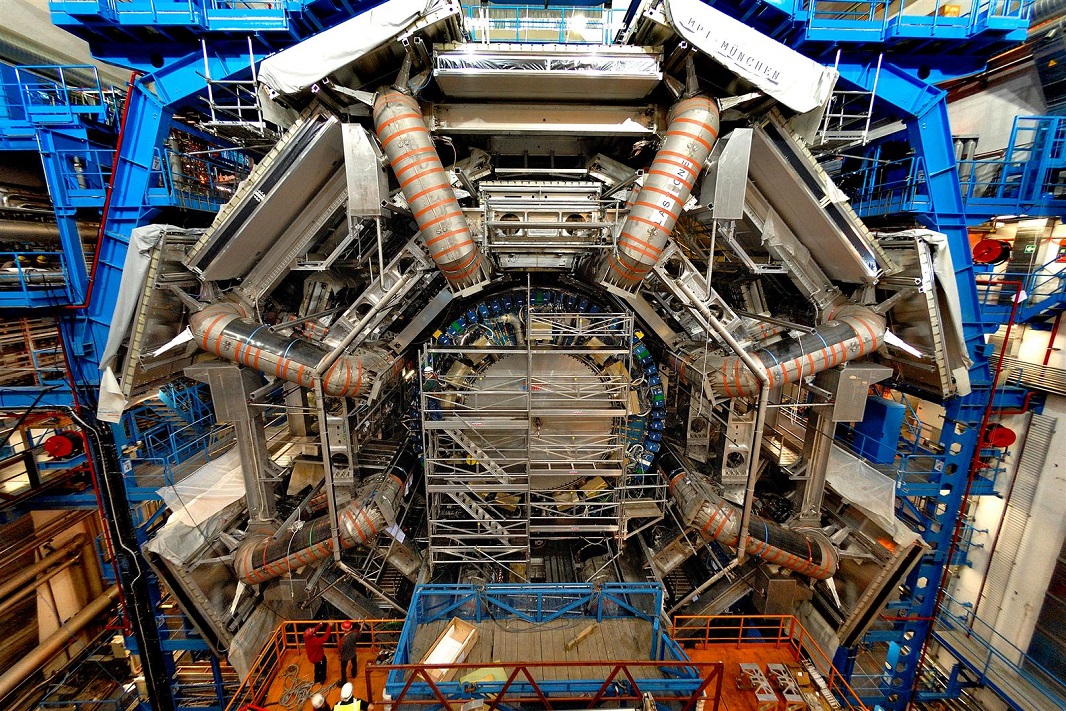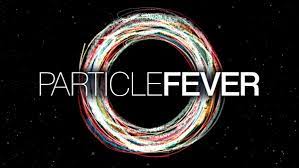Driven by the pack instinct of nerds, we went to the Dendy Newtown to watch ‘Particle Fever’ about physics. The star of the show was the Large Hadron Collider at CERN (Centre Européenne pour la Recherche Nucléaire) in Geneva.
The focus of the 100 minutes was the alternative explanations offered by theoretical and experimental physicists. The commitment of the individuals portrayed to pursuing ideas and testing them was inspirational. All the more so, considering the diversity of their background and formative experiences.
The theoretical issues were well enough explained to keep interest. The mix of interviews, exposition, graphics, background, and images of that Collider kept us engaged. Though much of it was in the form of extended selfies, and that got thin. A super nerd talking to an iPad camera is not entirely captivating.
The search for evidence of the Higgs Boson particle provides the drama, and there is a lot of it, including a meltdown. That Peter Higgs is there to see it was touching, affirming, and delightful.
 The theoretical matrix in which Higgs Boson is crucial
The theoretical matrix in which Higgs Boson is crucial
Along the way are messages about the importance of basic research which everyone wants and no one wants to fund. The clips of United States congressmen defaming such research is sobering, though the conditions of unfettered thinking that physicists at the Institute for Advanced Study at Princeton enjoy is the obvious counterpoint which left in silence.
Also left in silence is the engineering that built that sucker, and the endless political work that must have gone into securing, maintaining, retaining, perpetuating, and using its funding.
 Look closely at the people in the bottom left for perspective
Look closely at the people in the bottom left for perspective
This is a film about the actors on the stage, the physicists, and not about the stage machinery that made it happens. More’s the pity, because the people who made it happen also include all the politicos who sold the project, and continually re-sold it to keep those Euros flowing.
My visit to Geneva years ago took me to the League of Nations archives where I read 3×5 index cards from 1939. Now I know what I missed!

